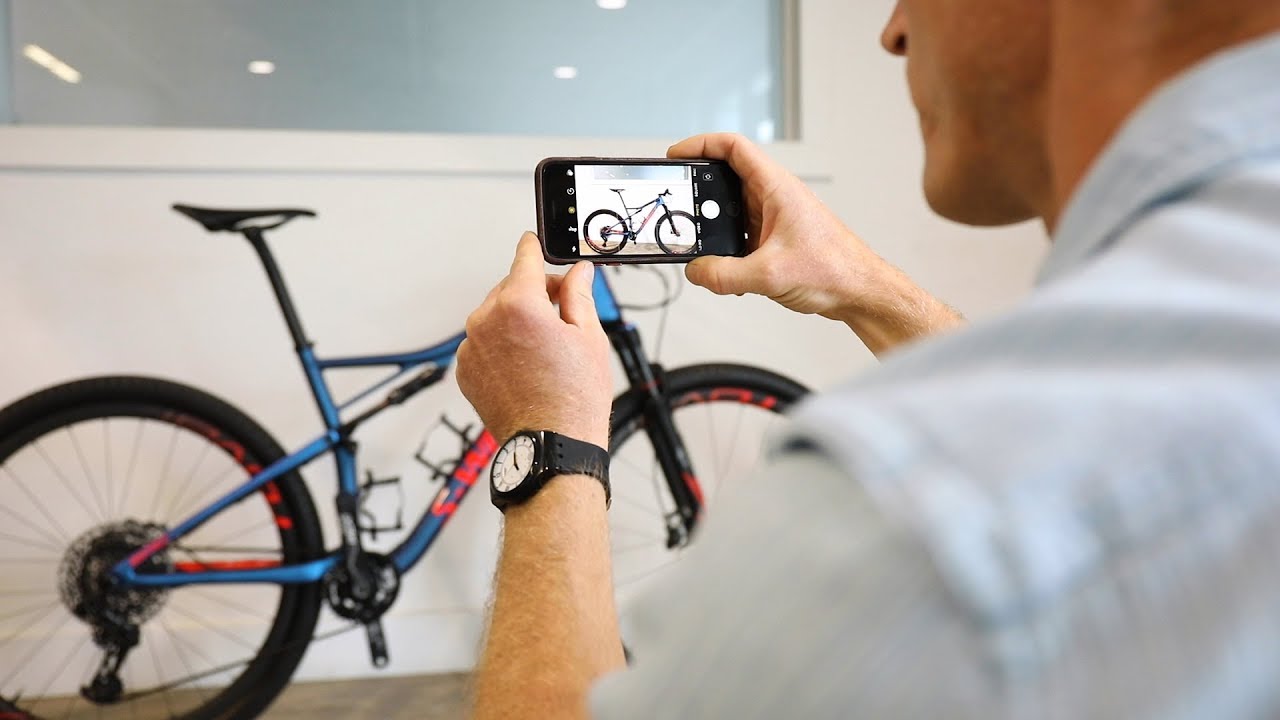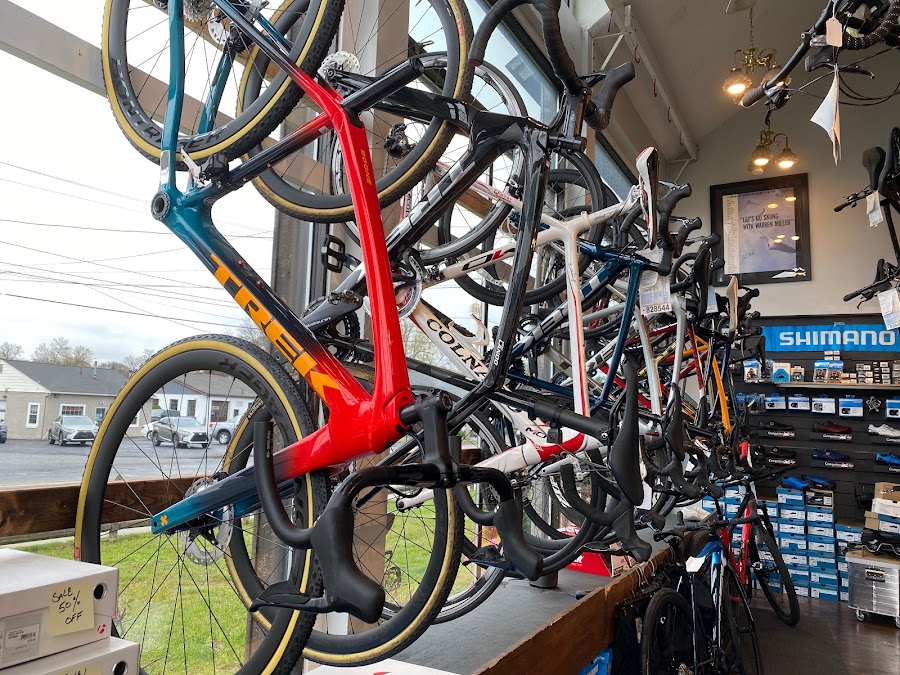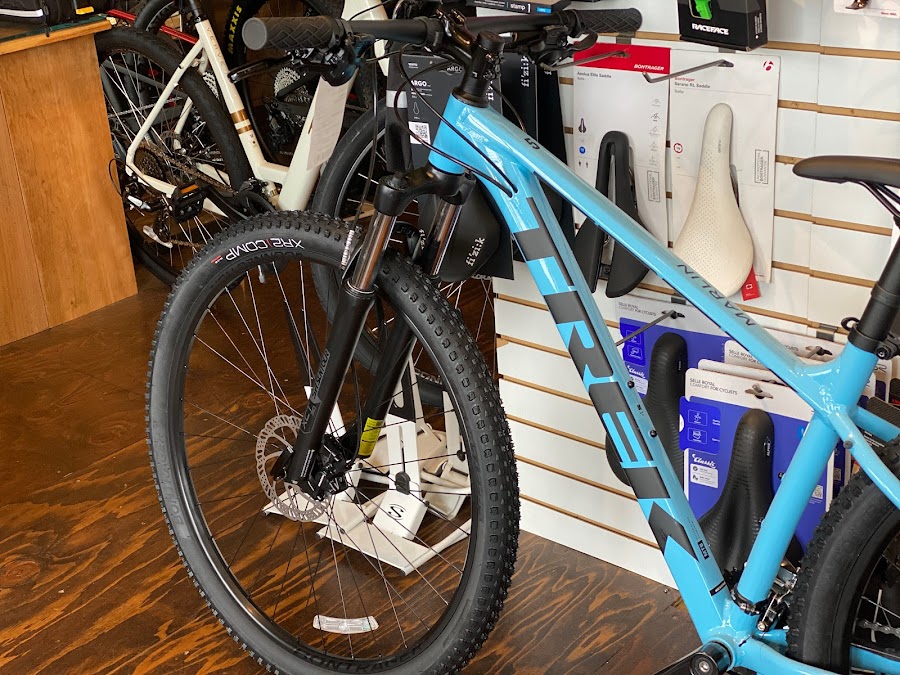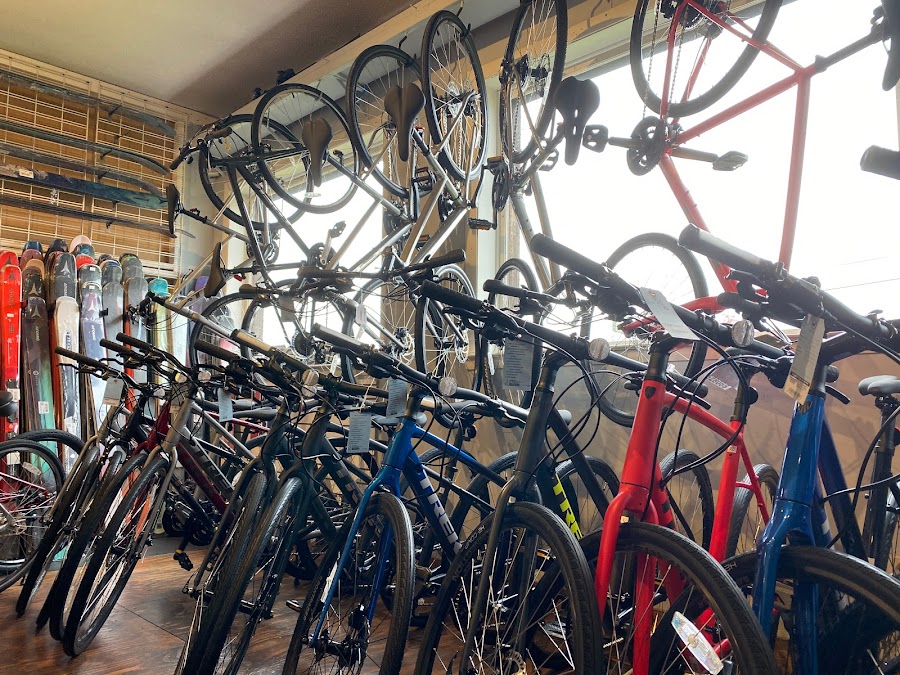In the ever-evolving world of personal transportation, bicycles have remained a beloved and versatile option for many individuals. Whether you’re an avid cyclist upgrading to a newer model, a commuter no longer needing your two-wheeled companion, or someone simply looking to declutter their garage, the opportunity to sell your bicycle for cash can be a tempting proposition. However, navigating the process of finding the right buyer and negotiating a fair price can often feel like a daunting task.
Assessing the Value of Your Bicycle
Before you can successfully sell your bicycle, it’s crucial to understand its current value. This knowledge will not only help you set a realistic asking price but also ensure that you’re not underselling your asset.
Evaluating the Bicycle’s Condition
The condition of your bicycle is the primary factor that will determine its market value. Carefully assess the overall state of the bike, considering factors such as the age, mileage, wear and tear on components, and any existing damage or modifications.
Examining the Bike’s Components and Accessories
Take a close look at the condition of the bicycle’s components, such as the frame, wheels, gears, brakes, and any additional accessories like lights, racks, or saddlebags. The better the overall condition of these elements, the higher the potential resale value.
Considering the Bicycle’s Usage and Maintenance History
The way the bicycle has been used and maintained can also significantly impact its value. A bike that has been well-cared for and regularly serviced will generally hold more value than one that has been neglected or subjected to heavy use.
Researching the Bicycle’s Make, Model, and Year
The specific make, model, and year of your bicycle can also play a crucial role in determining its market value. Factors such as the brand’s reputation, the bicycle’s features and specifications, and its overall popularity among cyclists can all influence the price point.
Accessing Pricing Guides and Online Resources
Utilize online pricing guides, bicycle-specific marketplaces, and forums to research the current market value for bicycles similar to yours. This information will help you establish a realistic asking price and ensure that you’re not leaving money on the table.
Considering the Bicycle’s Original Purchase Price
While the original purchase price of your bicycle is not the sole determinant of its resale value, it can provide a helpful starting point for your pricing research. Keep in mind, however, that the market value may have fluctuated since your initial acquisition.
Preparing Your Bicycle for Sale
Once you have a clear understanding of your bicycle’s value, the next step is to ensure that it is presented in the best possible condition to attract potential buyers and maximize your chances of a successful sale.
Cleaning and Completing Any Necessary Repairs
Thoroughly cleaning your bicycle and addressing any minor repairs or maintenance issues can significantly improve its visual appeal and perceived value to prospective buyers.
Performing a Comprehensive Tune-Up
Consider taking your bicycle to a local repair shop for a comprehensive tune-up, which may include adjustments to the gears, brakes, and other components. This will not only enhance the bike’s performance but also demonstrate to buyers that it has been well-maintained.
Addressing Cosmetic Blemishes
Addressing any cosmetic blemishes, such as scratches, dents, or faded paint, can help your bicycle look its best and make a positive first impression on potential buyers.
Documenting the Bicycle’s History and Accessories
Providing detailed information about your bicycle’s history, including its age, previous ownership, and any notable upgrades or modifications, can help give buyers a sense of confidence in the product they’re considering.
Compiling Maintenance and Repair Records
If you have maintained detailed records of the bicycle’s maintenance and any previous repairs, be sure to include this information, as it can help demonstrate the bike’s reliability and the care it has received.
Highlighting Included Accessories and Attachments
Make a list of any accessories or attachments that are included with the bicycle, such as lights, racks, or saddlebags. This information can be valuable to buyers and may enhance the perceived value of the package.
Capturing High-Quality Photographs
In today’s digital age, visual representation is crucial when selling a bicycle. Take the time to capture clear, well-lit photographs of your bicycle from multiple angles, showcasing its condition and features.
Ensuring Accurate and Detailed Listings
When creating online listings or advertisements, be sure to provide accurate and detailed descriptions of your bicycle, including its make, model, year, condition, and any relevant accessories or attachments. This will help build trust with potential buyers and increase the chances of a successful sale.
Highlighting Unique or Desirable Attributes
If your bicycle has any unique features, such as a specialty frame, high-end components, or a customized design, be sure to emphasize these attributes in your listings. This can help your bicycle stand out and attract buyers who are specifically seeking those characteristics.
Identifying the Right Selling Channels
With your bicycle prepared and priced appropriately, the next step is to explore the various channels available for selling your two-wheeled asset. The approach you choose can significantly impact the speed and profitability of your sale.
Leveraging Online Marketplaces
Online marketplaces, such as Craigslist, Facebook Marketplace, or dedicated bicycle sales platforms, can provide a wide pool of potential buyers and a convenient platform for listing and selling your bicycle.
While online marketplaces offer a vast audience, they also come with certain risks, such as dealing with unknown buyers and the potential for scams. Carefully weigh the benefits and drawbacks to determine the best approach for your specific needs.
Ensuring Secure and Transparent Transactions
When selling through online platforms, prioritize safety and transparency by meeting buyers in public locations, accepting secure payment methods, and being wary of any suspicious or unsolicited offers.
Exploring Local Bicycle Shops and Consignment Options
In addition to online channels, consider reaching out to local bicycle shops or consignment stores that may be interested in purchasing your bicycle or offering it for sale on your behalf.
Assessing the Benefits of Consignment Sales
Consignment arrangements can provide a more hands-off approach, as the shop will handle the sales process, marketing, and customer interactions. However, you may need to accept a lower selling price to account for the shop’s commission.
Negotiating Fair Terms with Local Bicycle Shops
When working directly with local bicycle shops, be prepared to negotiate the sale price and any commission or fees. Research the going rate for used bicycles in your area to ensure you’re getting a fair deal.
Considering Bicycle Trade-In Programs
Some bicycle manufacturers or specialized retailers may offer trade-in programs, allowing you to exchange your used bicycle for a credit or discount towards the purchase of a newer model.
Evaluating the Convenience and Potential Savings
Trade-in programs can provide a convenient and hassle-free option, especially if you’re looking to upgrade to a newer bicycle. However, the trade-in value may be lower than what you could achieve through a private sale.
Comparing Multiple Trade-In Offers
If you decide to pursue a trade-in, be sure to explore offers from multiple retailers or manufacturers to ensure you’re getting the best possible value for your bicycle.
Conclusion: Maximize Your Bicycle’s Resale Value and Simplify the Selling Process
Selling your bicycle for cash can be a rewarding and empowering experience, but it requires careful planning, research, and a strategic approach. By understanding the value of your bicycle, preparing it for sale, and identifying the right selling channels, you can navigate the process with confidence and maximize the return on your investment.
Remember, the key to a successful bicycle sale lies in striking the right balance between attracting potential buyers and securing a fair price. By leveraging online marketplaces, engaging with local bicycle shops, and exploring trade-in options, you can find the selling avenue that best suits your needs and preferences.
As you embark on this journey of selling your bicycle, approach it with patience, transparency, and a commitment to providing a positive experience for both you and the buyer. With the right strategies and a well-presented bicycle, you can turn your two-wheeled asset into a profitable venture, paving the way for your next cycling adventure.


